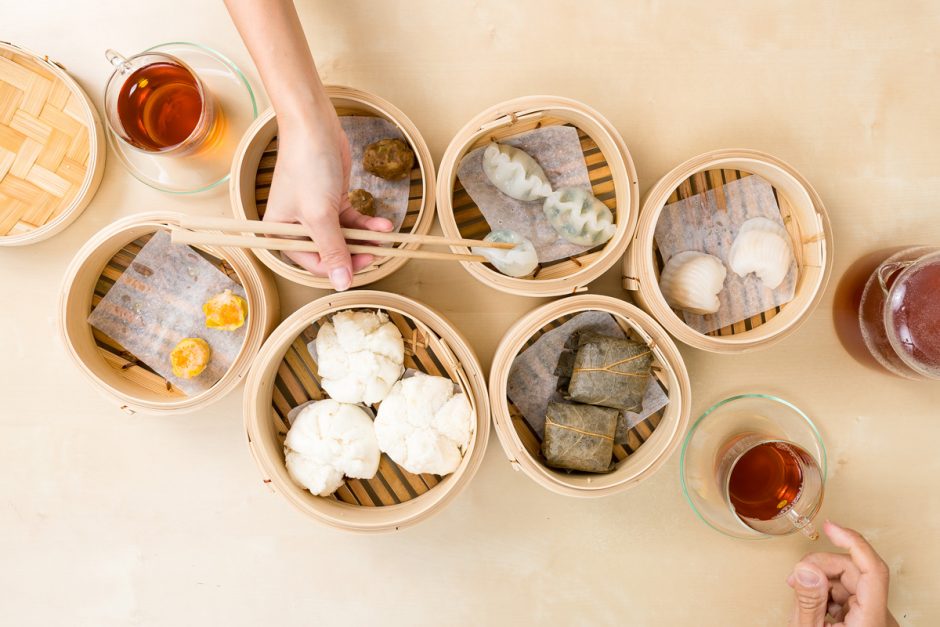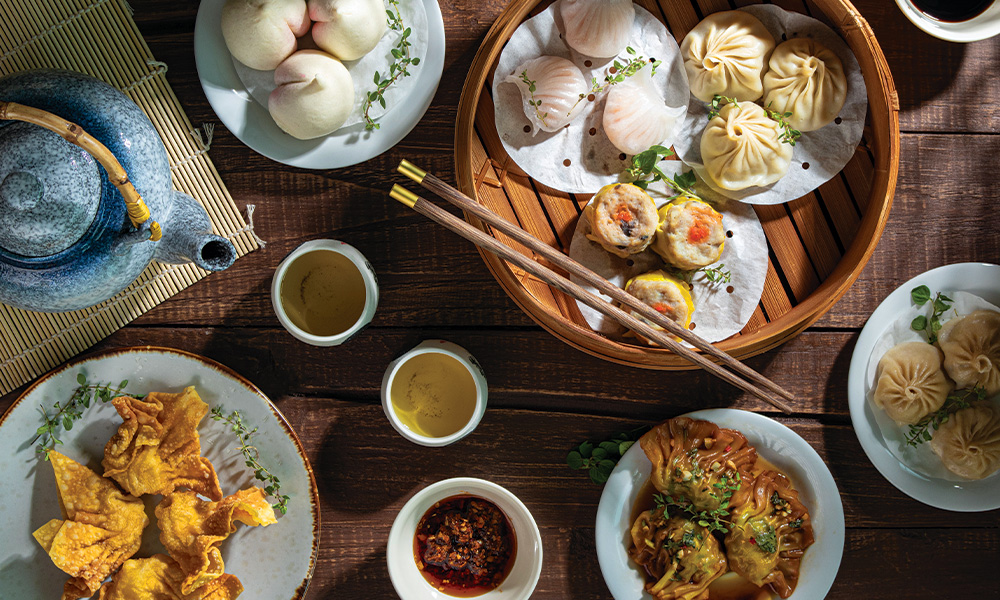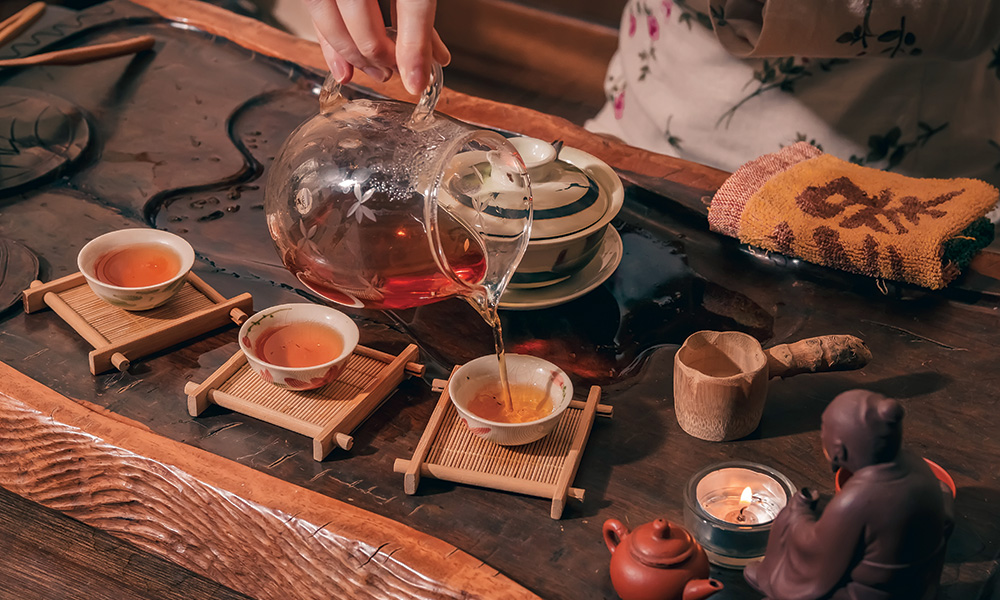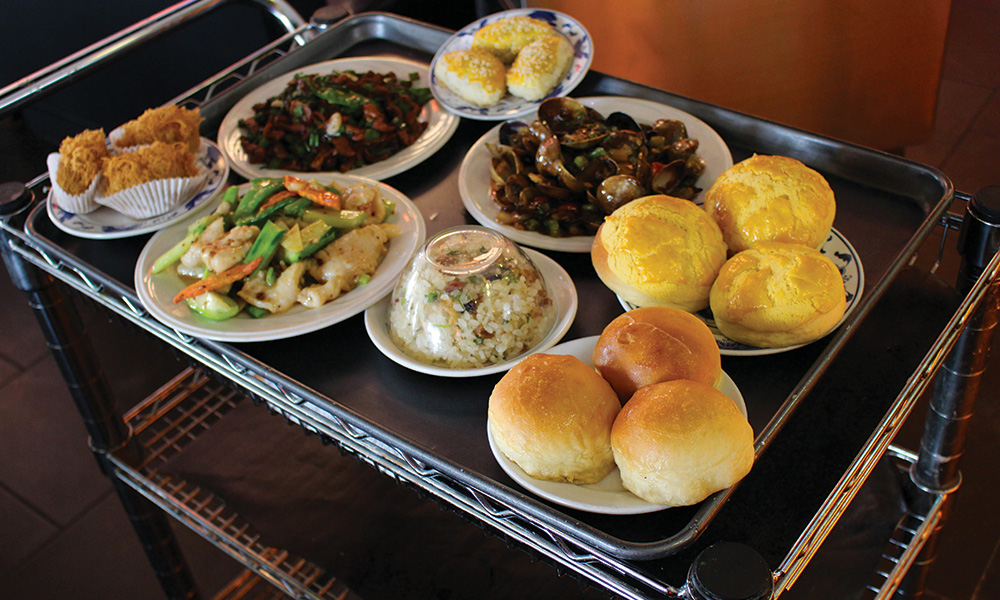Perk Up with 6 Tasteful Malaysian Drinks
Lighten your mood and rejuvenate your senses with 6 must-try Malaysian drinks!
Discover the authentic in Asian cuisine food

Yum cha, as we know it, comes from the Cantonese tradition of brunch over dim sum and tea. Yum cha literally translates to ‘drink tea’, and still to this day most any place you sit down for yum cha will serve you tea before the food service begins. Dim sum refers to the range of small dishes—buns, dumplings, etc.—that are served with the tea. A good way to think of yum cha is as a Cantonese version of high tea!

In the west and countries with European colonial heritage, it’s common to have small plates of food served with drinks—it’s just the drinks are usually alcoholic. Think tapas in Spain, charcuterie in France or antipasti in Italy. Tapas, in fact, originated as a way to keep the soldiers from getting too drunk, the thought being that if they’re eating, they won’t drink as quickly. Yum cha is the same principle, but tea is the centerpiece—a concept that’s been somewhat lost in Australia, where the dumpling is definitely king. Teas, like wines, are matched to the dim sum served. Vegetarian dumplings are served with black teas like Darjeeling, Pu Erh and Rose Tuo Cha, spicy calamari with green teas such as Gun Powder and Sencha, and for pork dishes like our Siu Mai, Oolong tea or black tea is preferred.

Yum cha can be traced back to around 1850, when the Xianfeng emperor started referring to teahouses as yi li guan, or ‘1-cent house’. These became places for people to meet, chat and gossip, and this talk soon became known as cha waa—’tea talk’. The teahouses soon grew to become their own type of restaurant, and the time spent there as yum cha.

The modern form of yum cha—known as teoi ce or ‘push-cart’—was birthed during the 1960s. This allowed great quantities of food to be precooked and then walked around the dining room letting customers pick and choose at their leisure.

Yum cha came to Australian shores via Hong Kong and really started to gain popularity in the 1980s. Nightclub proprietor and restaurateur Denis Wong is credited with introducing yum cha to Sydney at his Mandarin Club in the mid ’70s, but it wasn’t until Woman’s Day published an article in 1979 titled ‘What the Chinese call yum cha’ that it entered the Australian zeitgeist.

Modern yum cha restaurants are starting to move away from the pushcart system and toward ‘check list’ style a la carte ordering. This helps to reduce leftovers and general food waste. And with yum cha’s growth in popularity in the West, it has started to be recognised in more traditional rankings and guides. The original Tim Ho Wan in Hong Kong was for a while the world’s cheapest Michelin-starred restaurant, and the list of dumpling houses ranked among the world’s top restaurants continues to grow.

Lighten your mood and rejuvenate your senses with 6 must-try Malaysian drinks!

Pair your hearty barbecues with these refreshing Asian delights!

What are the properties of ginger, and how to pick, store and use ginger in your cooking? Find out here!